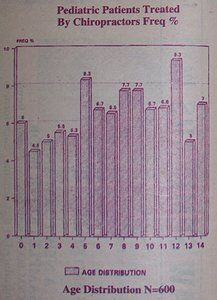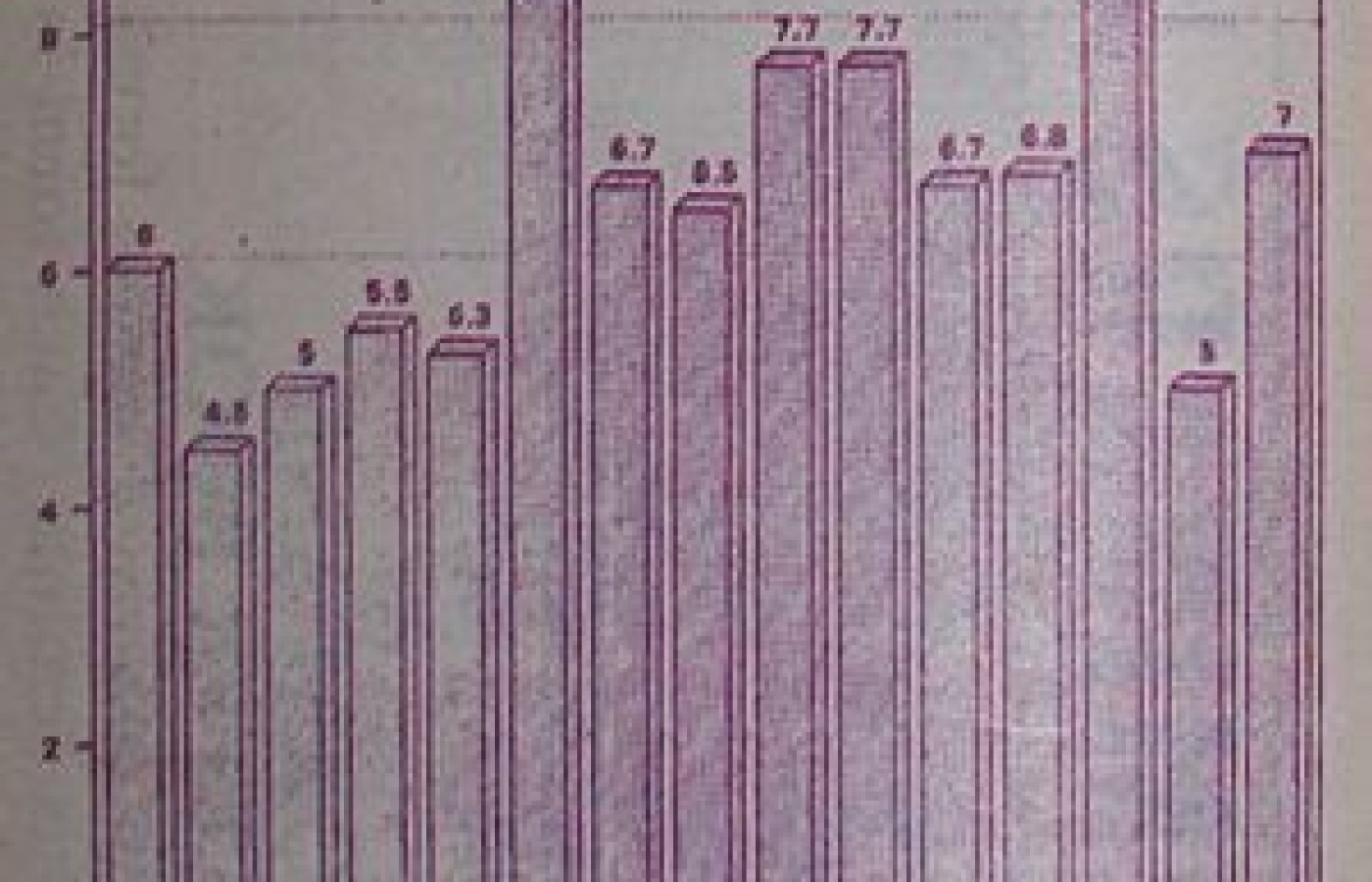MRI is currently the gold standard for identifying radicular pathology, but unfortunately, it requires preauthorization, which isn’t easy to obtain. Physical tests are what most practitioners depend on – despite the marginal reliability of the tests. The information in this article brings history and observation to the forefront of radicular diagnostics. Each factor listed can significantly increase the clinician’s ability to diagnose radiculopathies.
What For?
When a chiropractor asks a parent the question, "How long since your child has had a spinal check-up?" the question is sometimes met with the reply, "But my child doesn't have back pain!"
When we see a wall poster in a chiropractic office and read the message that "Chiropractic Care Is a Family Affair," do we immediately understand all the reasons why children attend the chiropractor?
A recent United States-wide survey, conducted through this column, shows that the most common reason why children attend the chiropractor is for earache or, more specifically, for a condition known as middle ear infection or otitis media.
A surprising result? Well not really. Chiropractors who treat lots of kids (and from the survey, many chiropractors do) know not only the high incidence of the problem known as chronic, recurrent otitis media, but they also know that this painful condition usually responds dramatically, within a few adjustments.
Many medical pediatricians are now referring their patients to chiropractors, before putting "the tubes" into the kids' ears, to try a conservative alternative -- a refreshing new move in the health care profession.
So far, the survey has identified 82 conditions or reasons why kids go to chiropractors.
Preliminary results from the recent survey (N=600) identify the top 10 pediatric conditions treated by chiropractors to be:
- 11.3% Earache
- 10.6% Neck Pain
- 10.3% Check-up
- 8.8% Headache
- 7.1% Upper respiratory infection
- 6.3% Low back pain
- 4.5% Allergies
- 3.3% Asthma
- 3.3% Enuresis (bed-wetting)
- 3.2% Thoracic pain
These top 10 conditions account for almost 70% of the reasons why kids make visits to the chiropractor.
Another interesting feature of the survey, which asks why parents bring their children to see a chiropractor, is the distribution of the childrens' ages.
The following table shows that kids of all ages are being treated by chiropractors. The table indicates a fairly even distribution across the ages from the first year of life through the age of 15 years. Apart from the slight increase in children being treated at ages five and 12 years, another highlight in the data collected so far is the higher incidence of children being treated in the first year of life than at ages one through four. While this is only preliminary data (N=600), this does identify an interesting tend of parents taking their children to the chiropractor for a check-up at the earliest stages of life.
The full report, which should be published next year, will attempt to identify, for the major presenting conditions, such characteristics as:
- The incidence by age
- The incidence by sex/gender
- The incidence by geographic region
- The incidence of technique utilization for pediatric patients
The preliminary results of this survey are perhaps indicating a new trend in childrens' health care: parents are looking for alternatives to the constant antibiotic therapy and the minor surgical procedures, and are opting for a more conservative approach.
This is a refreshing approach, and one which could substantially reduce the cost of family health care.

Peter N. Fysh, D.C.
Sunnyvale, California



